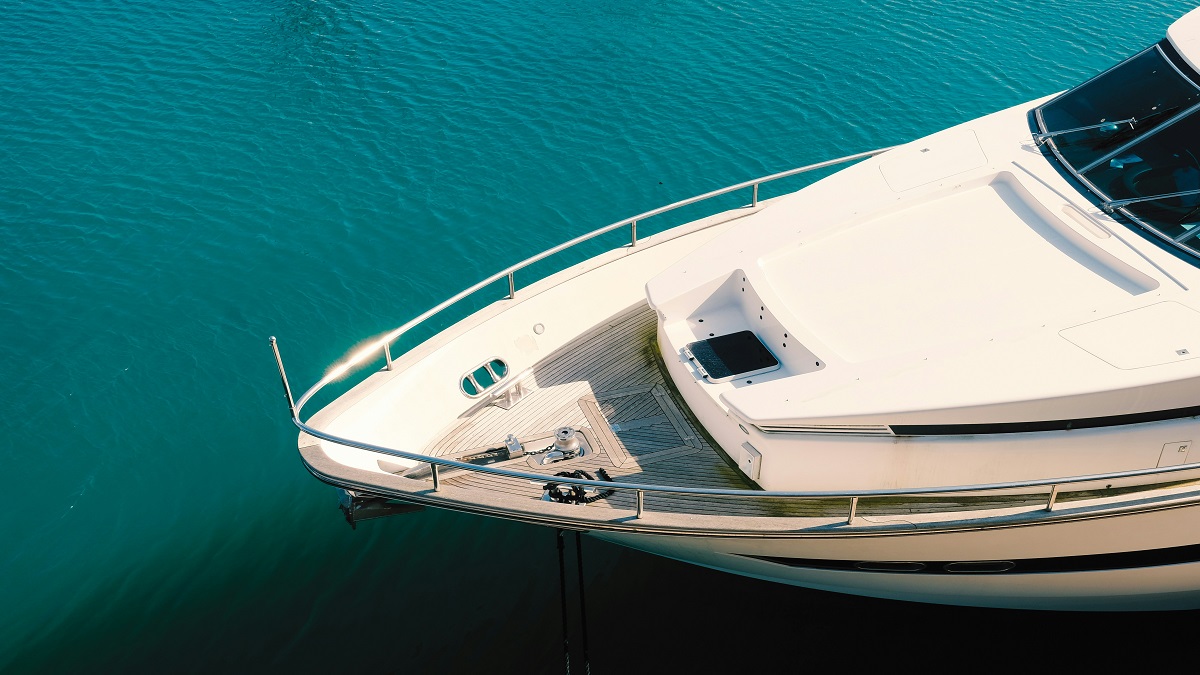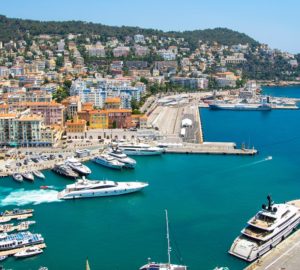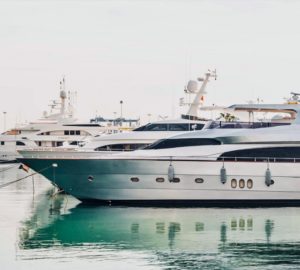Navigating the domain of chartering a vessel can be as intricate as mapping out the waters you aim to sail. From securing the right certifications to ensuring your guests’ safety, there is a multitude of components that come together to create a safe and legally-compliant charter service. By comprehensively understanding and adhering to the chartering regulations, boat owners and operators alike can not only protect their investments but also provide a premium experience for their charter customers. Let’s embark on a journey through the essential elements of yacht chartering.
Licensing and Certification
For boat owners and charter operators, obtaining the correct licenses and certifications is the maritime equivalent of a driver’s license – it’s your permit to operate in the charter industry. Private boat owners looking to occasionally charter their vessel must secure a different set of certifications compared to full-time charter operators.
Prior to Charter: As a boat owner, ensure your vessel is equipped with the proper certifications like a commercial operator’s permit and vessel safety inspection decal. Familiarize yourself with the specific licenses and permits required for the size and type of vessel you operate. Being licensed not only safeguards your business but also endorses your professionalism to potential clients.
Operational Certainty: For charter operators, a legitimate operating license might involve additional accreditations such as sea service, unit standards, and first-aid training. These certifications are pivotal in demonstrating to your clients that their journey is in capable hands. Operating a yacht for charter entails maintaining consistent regulatory requirements and costs, regardless of utilization. Charter yachts need to secure certification from major classification societies and undergo annual inspections. If the yacht was not initially built to these standards, significant efforts and expenses may be required for compliance. Operating budgets for charter yachts must account for routine class and flag inspections, audits, and management fees. Although insurance premiums might slightly decrease for compliant yachts, the difference is not substantial. Minimum Safe Manning Documents dictate that only crew with requisite STCW95 qualifications can be hired for charter operations, potentially increasing crewing costs. The choice of a yacht’s flag is also influenced by its charter status and can have implications for various operational aspects.
Flag consideration
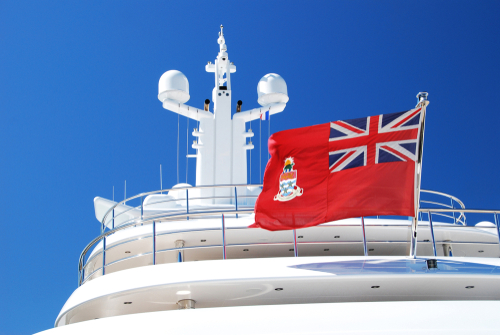
In international maritime law and customs, the flag flown by a vessel can have significant implications. Some flags offer extensive privileges for charter operations and may be lenient on certain regulations, including tax and employment, but they may also bear the brunt of more stringent inspections by port states. The main players in the maritime world are typically on the so-called ‘White List’, which denotes their adherence to high safety and inspection standards.
Conversely, some flags are stigmatized for the subpar condition of their ships, leading to their classification on the ‘Grey List’ or the ‘Black List’. These categorizations stem from the aftermath of the Amoco Cadiz incident, prompting the development of significant memos of understanding (MoUs) among various global regions. These MoUs, signed by multiple countries, rank flags based on safety, pollution, and treaty compliance, with some nations failing to ratify key agreements like SOLAS, MARPOL, and ILO 147.
For instance, countries such as Bolivia and Sri Lanka have not endorsed certain treaties. As a result, yachts flying these flags are not bound to follow the associated rules, but they risk fines if a port state chooses to pursue non-compliance. The upshot is that flag choice for charter operations can be a complex balancing act between freedom and potential scrutiny.
The choice of flag for a vessel goes beyond just regulations and compliance. It also has cultural and political implications, as a flag can represent the owner’s home country or their chosen place of incorporation. Flags are also an important aspect of branding for yacht owners who may choose a unique or eye-catching flag to stand out in the crowded maritime industry.
Furthermore, certain flags have historical significance and may hold sentimental value for owners. This is especially true for traditional sailing vessels which often bear the flags of their respective home countries or those of famous explorers.
In summary, the choice of flag for a vessel holds great importance in the maritime industry. It not only impacts regulations and compliance but also carries cultural, political, and personal significance for owners. As such, it is essential for yacht owners to carefully consider their flag choice and understand the potential implications that come with it. Flags can be a powerful symbol, representing both privilege and responsibility in the world of maritime operations. Whether it be a country’s flag, a unique design, or one with historical significance, the flag flown by a vessel carries weight and meaning beyond just its physical appearance. It is a representation of the vessel and its owners, making it an important decision that should not be taken lightly. By understanding the complexities and implications of flag choice, yacht owners can ensure that they make the best decision for their vessel, both in terms of practicality and personal significance.
Read also: YACHT BROKERAGE FEES: WHAT YOU SHOULD KNOW
What are the most common Yacht Flags?
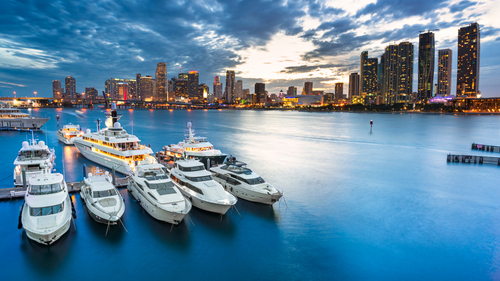
Yacht owners prefer flags linked to the UK Red Ensign, (UK, Bermuda, Gibraltar, Jersey, Guernsey, Turks and Caicos, Isle of Man, British Virgin Islands and Cayman Islands) however Malta and France are also very popular in Europe and in Asia, Hong Kong for their universal recognition worldwide. This collection stands out for its global appeal and historical significance, reflecting a sense of stability and trust that resonates with international audiences.
Yacht Regulations
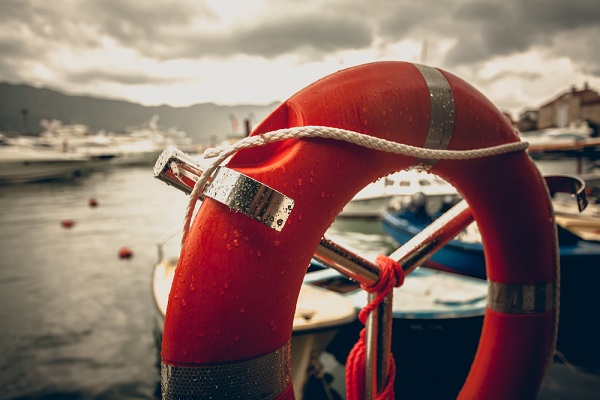
Maritime regulations are a fluid landscape, continuously adapting to the current state of the industry and its environmental requirements. One of the significant changes in the recent past involves the Maritime Labour Convention (MLC) of 2006, which was passed in 2013 and is often referred to as the Seafarer’s Bill of Rights. This convention, alongside the revision of the Large Yacht Code by the Maritime and Coastguard Agency (MCA), prioritizes the improvement of conditions for seafarers and applies to both commercial ships and private yachts. Under the MLC and LY3, owners of privately used yachts between 24 meters and 500 gross tons are required to meet certain safety and pollution standards. For instance, they must be equipped with basic safety instruments such as life jackets, navigation lights, and pollution control systems. However, there are no specific manning requirements or certification rules for private use, except when the vessel is engaged in charter operations. When a private yacht undergoes a transition to charter, it is necessitated to adhere to more stringent regulations. This transition includes obtaining classification from one of the major class societies and the implementation of the Large Yacht Code 2 (LY2), as well as conforming to the rules of Minimum Safe Manning. For vessels operating commercially post-transition, the International Safety Management Code (ISM) mandates the presence of a Safety Management System (SMS), known as the Mini-ISM, which imposes lesser obligations compared to a full ISM compliance.
The implementation of MLC and LY3 for privately owned yachts has brought about significant changes in the industry. It has not only improved working conditions for seafarers but also increased safety standards and reduced environmental impact. This change is a step towards ensuring that all vessels, regardless of their purpose, operate with high levels of professionalism and adherence to regulations.
The impact of these regulations is not limited to just the private yacht sector. The MLC and LY3 have set a precedent for improving working conditions for seafarers in all types of vessels. It has also led to increased collaboration between various organizations, such as class societies, flag states, and port authorities, to ensure compliance with these regulations.
As the maritime industry continues its journey towards sustainable operations and improved safety standards, it is essential to stay updated with the latest regulations and continuously adapt to changes. This not only ensures compliance but also contributes to the overall growth and development of the industry. By prioritizing the well-being of seafarers and the protection of our oceans, we can create a safer and more sustainable future for all involved in the maritime sector. So let’s embrace these changes and work together towards a brighter, more regulated future for the maritime industry. So if you are planning to enter this dynamic field or are already part of it, make sure to stay informed and adapt to these changing regulations for the betterment of yourself and the industry as a whole. To date the majority of charter fleet in operation for yachts over 24m load line length and under 500GT operating commercially are under the the International Safety Management Code (ISM).
Read also: Sail Away: A Comprehensive Guide to Planning and Booking Your Yacht Charter Adventure
Safety Standards
Safety is non-negotiable in the maritime world, particularly for charter operations. Your commitment to safety should be reflected not only in your policies but in your vessel’s actual condition.
Vessel Maintenance: Ensure your vessel is frequently maintained, and that all safety features are in functional order. Upholding rigorous maintenance standards will not only ensure the safety of your passengers but will also aid in the longevity of your vessel.
Emergency Preparedness: Equip your vessel with essential safety gear and train your crew in its proper use. From life jackets to flares, every piece of safety equipment should be inspected and accounted for before setting sail.
Insurance and Liability
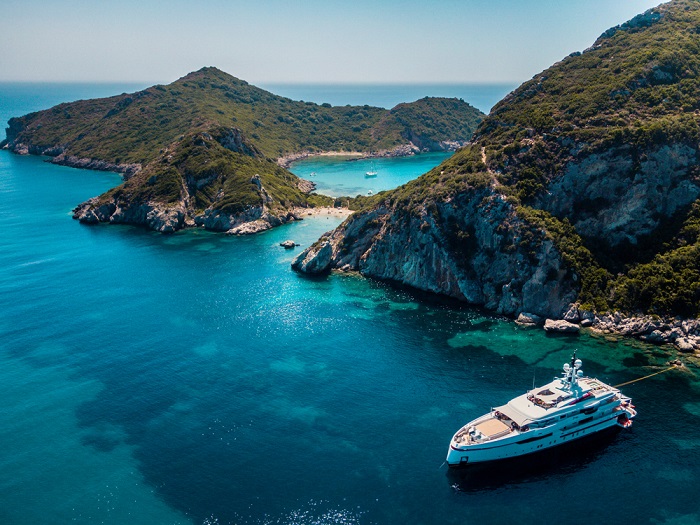
At the heart of every well-thought-out chartering venture is a comprehensive insurance plan. Understanding the liability you face and how to mitigate it is crucial for both economic and operational stability.
Legal Coverage: Adequate insurance can protect against a wide range of liabilities, from maritime emergencies to onboard accidents. Charter operators should look into policies that cover hull damage, public liability, crew injury, and passenger indemnity.
Risk Management: Assess and reduce potential risks to prevent accidents from occurring. This proactive approach to risk management can not only lower your insurance premiums but, more importantly, keep your passengers and crew safe.
Vessel Documentation
Proper documentation of your vessel is more than just red tape – it’s a foundational aspect of your charter operation’s success.
Registration: Registering your vessel in the country where you primarily operate can make international chartering smoother. It affirms your vessel’s compliance with international laws and gives it a recognized nationality.
Documentation Options: There are various documentation options such as coastwise, fishery, or registry endorsements, each serving a specific chartering purpose. For example, a coastwise endorsement is necessary if you plan to operate your business within the territorial waters of the U.S.
Crew and Passenger Requirements
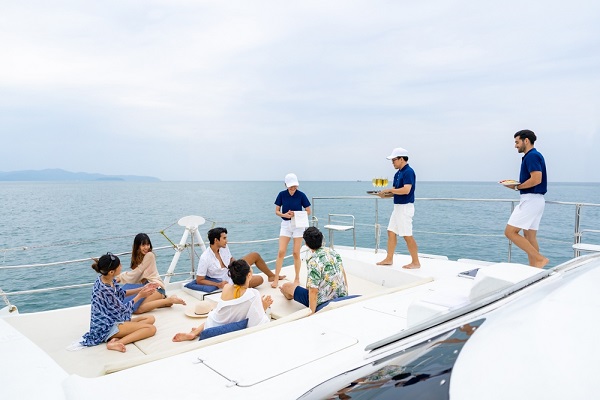
The well-being of your passengers and the competency of your crew are pivotal areas that cannot be overlooked.
Crew Skills: Your crew should possess the skills and certifications appropriate for the waters you’ll be navigating. The more challenging the waters, the more seasoned and qualified your crew should be.
Passenger Comfort & Safety: Set limits on the number of passengers for every journey, always prioritize their safety and comfort. Clearly communicate safety procedures and ensure all passengers are accounted for in your safety drills.
Read also: Yacht crew positions : Hierarchy, Missions & Salaries explained
Contract and Legal Considerations
The binding legal agreements you put in place can insulate both parties from potential disputes and ensure a clear understanding of each other’s rights and responsibilities.
Solid Contracts: A well-drafted contract that specifies expectations, liabilities, and the resolution process in case of disputes is a crucial tool in your chartering toolkit.
Legal Agreements: Make certain that the terms and conditions of your contracts are legally sound and that they comply with the maritime laws of the regions you operate in. This will protect both you and your charterers against any unforeseen legal issues.
Conclusion
Staying adrift of chartering requirements and regulations ensures not only the smooth sailing of your business but more importantly, the safety and satisfaction of your charter customers. By paying attention to detailed points such as certification, documentation, safety, and legal considerations, charter operators can set a course for success while enjoying the peace of mind that comes with operating within the law. Clear skies and safe sailing on your chartering endeavors!

